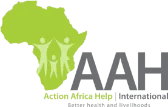South Sudan
AAH-South Sudan is strengthening humanitarian infrastructure and community resilience through comprehensive logistics and development programs, but the majority of our impact stems from strategic partnerships with UNHCR, government authorities, and local communities. Our people-centered approach ensures coordinated relief and recovery efforts that don’t rely on fragmented interventions.
All our humanitarian initiatives in South Sudan focus on sustainable capacity building as necessary, making this integrated approach to logistics, food security, and health systems the most comprehensive in the region.
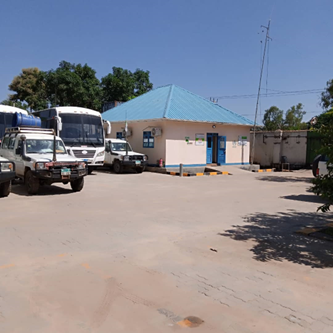
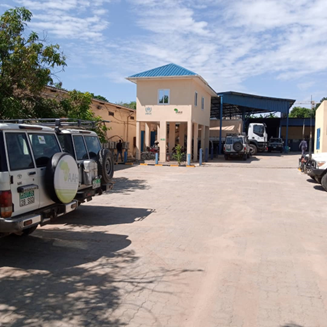
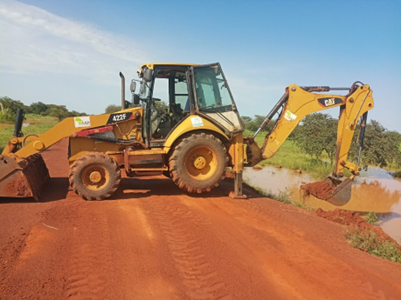
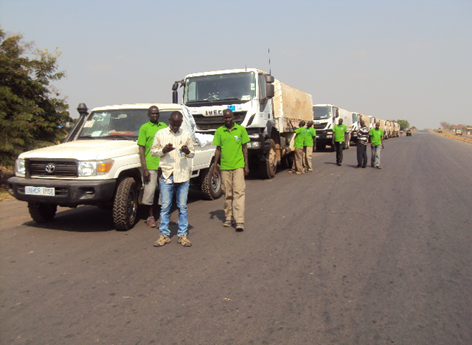
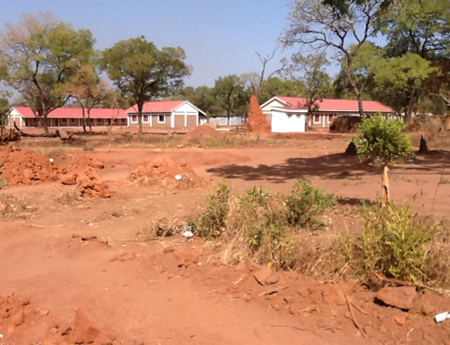
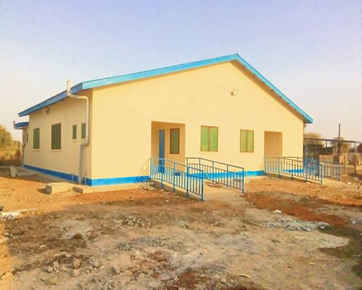
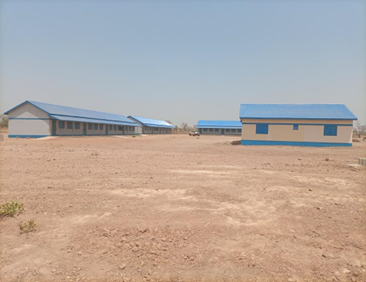
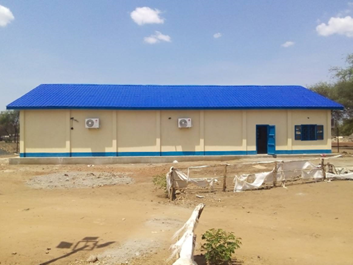

Funded by UNHCR since 2013 to date to provide logistics support to Refugees and IDPs in South Sudan
UNHCR Project South Sudan: in the past 12 years handling logistics for UNHCR South Sudan, the project transported 97,498MT of food items, 59,077MT of Non-food relief items, 64,269,582L of water and 543,278MT of various other items such as fuel, shelter and construction materials. In terms of movement of refugees and IDPs, the project transported in dignity and safety 583,296 individuals during the same period. Many schools, hospitals, PH centres and various administrative facilities have been constructed to support the refugees and hosting communities mainly in Unity State. Construction or rehabilitation of roads, construction and repair of airstrips have been done yearly to facilitate movement of goods and persons within and outside various camps in South Sudan. Since 2013 to date, the project managed 5 fuel stations for UNHCR, 7 warehouses countrywide and 7 mechanical workshops handling thousands of assets.
Humanitarian Relief and Recovery
To support improved delivery of humanitarian supplies, AAH Under infrastructure, 68 various constructions units successfully completed, 76.30 km of access roads rehabilitated/ constructed and 2 airstrips maintained. Under logistics, we have professionally continued to maintain over 650 assets of UNHCR in South Sudan, managed 50 warehouses (over $14 millions in value), managed 3,326,663.77L of diesel in 5 fuel stations, transported 40,118MT of various goods, 6,280,000L of water and 39,554 PoCs moved in safety and dignity, facilitated 24 cargo flights to various locations. 15 apprentices trained and graduated. 12,188 Refugees received and accommodated in our centers before relocation.
In South Sudan, the warehouses in Yida, Jam Jang and Pamir; Handled 9,716.42MT (receipts/inbound commodities in 10 months) out of targeted 9,975MTs (97.41% achieved). The quantity of CSB++ distributed to registered beneficiaries through BSFP in Jamjang refugee camps and Local communities, Abiemnhom and Panrieng. Target: 4.424MT. Status: Ongoing. 418.499MTs have been issued to AHA, SP and CARE for BSFP. The quantity of food assistance distributed, as % of planned MT. Target: 158.511MT. Status: Ongoing. 118.658MT of food has been issued to CARE from January to October.
Food and Income Security
In South Sudan, Juba County WFP funded project, Restoration of the productive capacity of arable land was conducted; 1,750 feddan were cultivated and planted with various field crops. 372,000m2 of land cleared against planned 372,000m2 – 100% achieved. Established 3 demonstration plots against planned 3 demonstration plots – 100% achieved. 2,210 ACL & SAMS beneficiaries including 11 extension workers trained on GAP & PHHS against planned target of 1,084 beneficiaries – 204% achieved. This is attributed to the exchange rate which was able to feed more beneficiaries during the trainings. Community infrastructure; 1,670 beneficiaries trained on basic skills of CAR construction against planned 1,655 targeted beneficiaries- 101% achieved. 13.81 KM of CAR constructed connecting gardens, markets including important facilities (schools, boreholes) against planned 116.7 KM- 12% achieved and ongoing. Installed a miller for cooperative societies in Aru and functional, though, on and off due to insufficient grains- 100% achieved.
Health, Water, Sanitation & Hygiene and Education
Our programme in South Sudan facilitated the development of joint County Health Department Annual plans for 2024. The number of children under 5 years seen through Boma Health Initiative – 28,002. Long-lasting mosquito nets distributed – 2,258. Number of health workers who received training – 208. Number of persons who received community education – 12,676. Number of pregnant mothers who received antenatal care – 3,011. Number of deliveries attended by skilled birth attendants – 2,258. Number of women/ newborns who received post-natal care – 483. Number of frontline health workers who received training in maternal and new-born care (BEmNOC/ CEmNOC) – 30.
